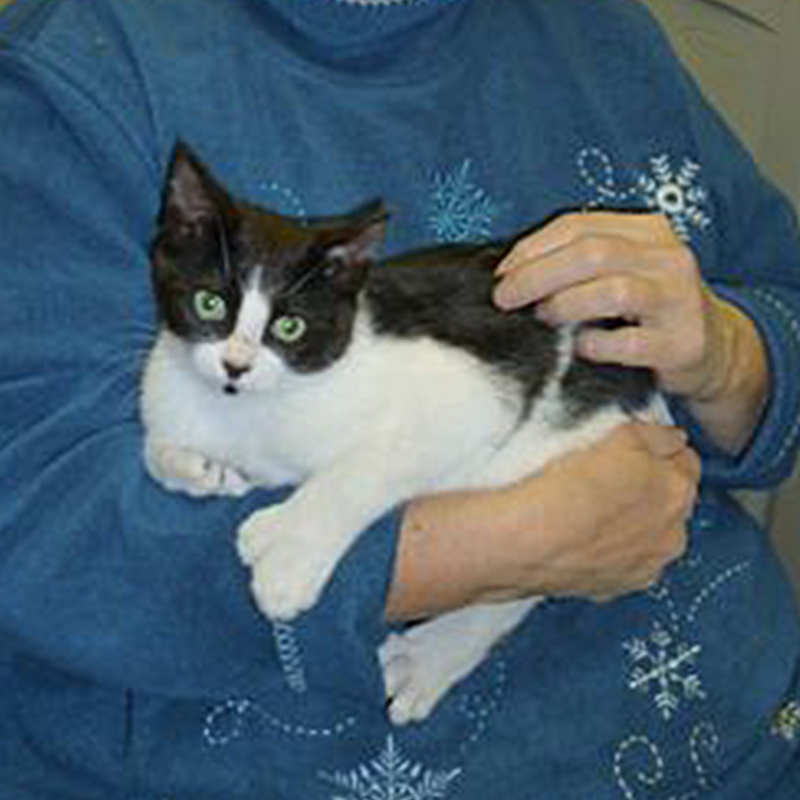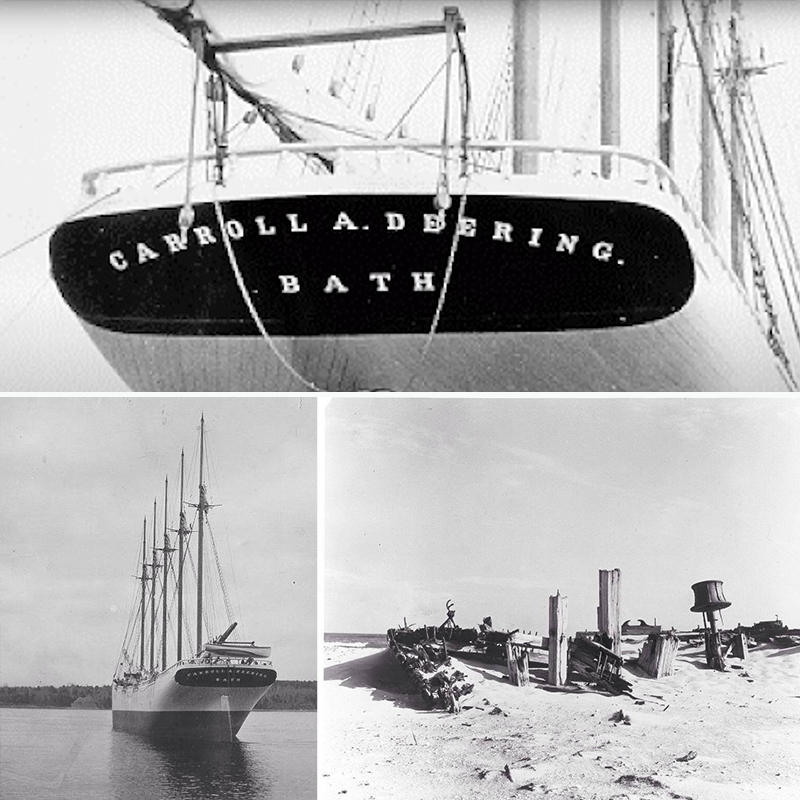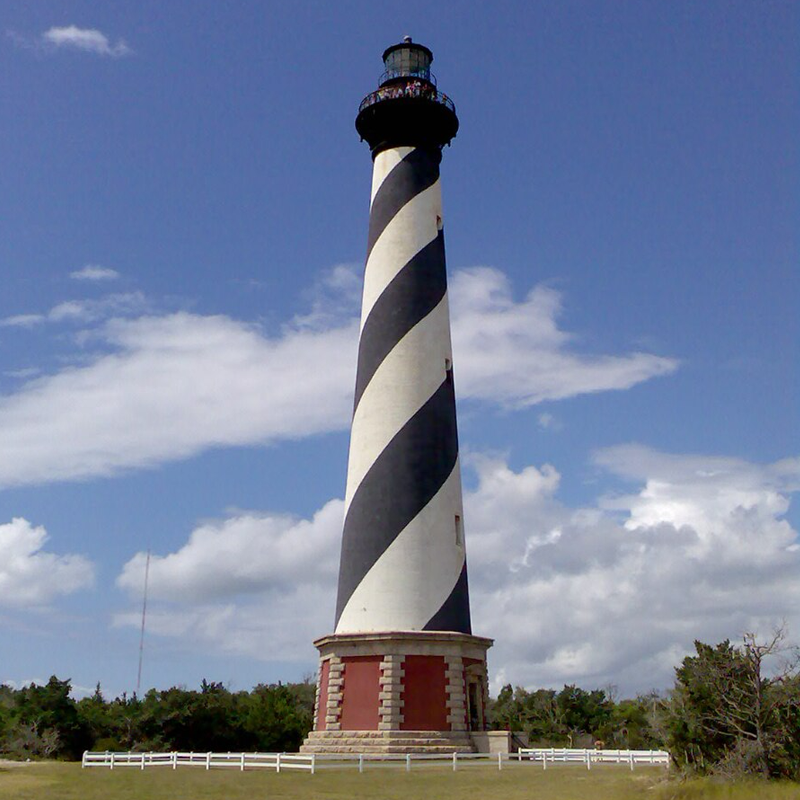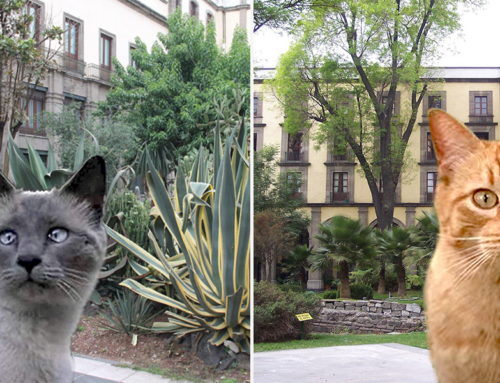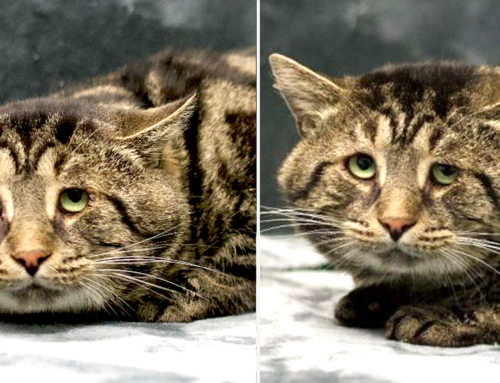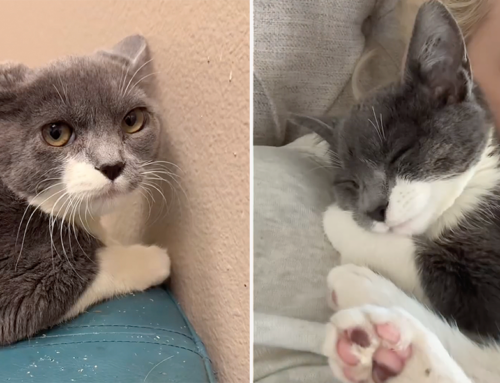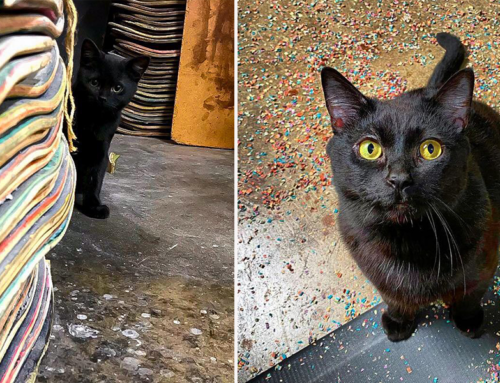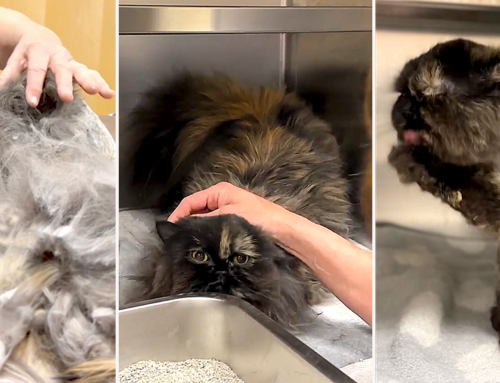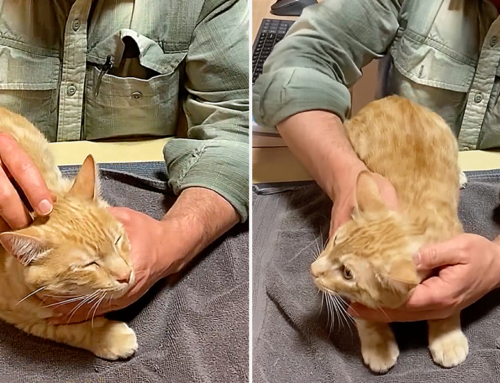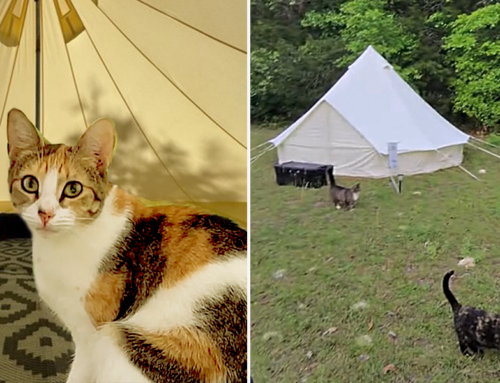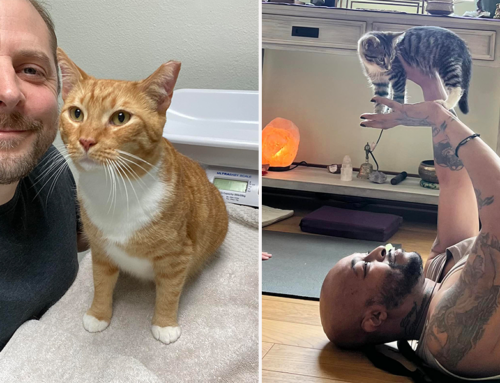Over 102 years ago, everyone aboard a massive schooner, The Carrol A. Deering, vanished without a trace off the coast of North Carolina. Everyone, that is, except a lucky six-toed (polydactyl) cat found aboard. The mystery became a national obsession in 1921, but after all investigations, the truth still remains elusive. Now, the ship is called the “Ghost Ship of the Outer Banks.”
Strangely, the schooner’s missing crew sailed to and wrecked high on the notoriously treacherous Diamond Shoals, shifting sandbars called the “Graveyard of the Atlantic.” The deadly sandbars are estimated to be responsible for as many as 600 shipwrecks along the Outer Banks. Surely, the crew would have known.
Although there were many possible explanations, from mutiny to pirates, the enduring mystery remains. The lifeboats were gone, the ship’s log, and even the anchors were missing. One surviving relic in a resident’s home, the ship’s clock, reportedly started chiming on Aug. 22, 2021, the ship’s final voyage anniversary.
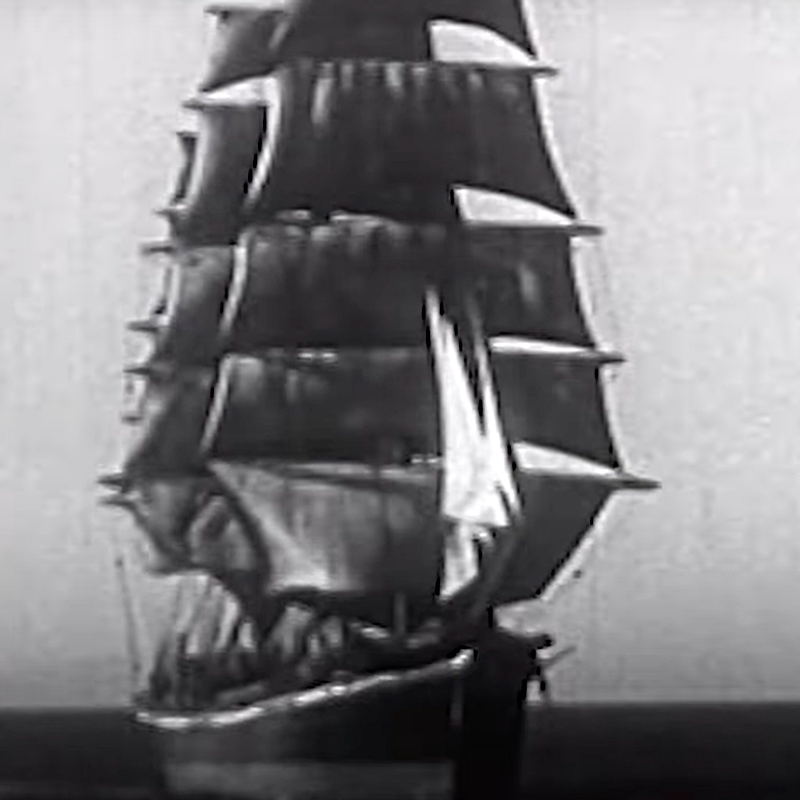
Ghost Ship of the Outer Banks via YouTube
A Lucky Polydactyl Ghost Ship Cat and Descendants
According to the Graveyard of the Atlantic Museum, the Ghost Ship cat’s descendants can still be found on Hatteras and Ocracoke Islands.
Residents in Hatteras say local polydactyl cats came from the Ghost Ship’s only known survivor.
“The survivor was a polydactyl (many-toed) cat who was brought home to Hatteras Village where she had many litters of kittens, and descendants of those cats live there today,” said Elizabeth Browning Fox.
Browning Fox shared a picture with a polydactyl cat, who she says is one of the descendants.
“My Aunt Mary had one of her descendants (many of the cats on Hatteras had extra toes then) named Sea Hag, who used to sit around sucking on her extra toes. Polydactyls are seen in the village even now. This is a photo my brother took of me holding a semi-feral poly from Hatteras,” she shared.
The Hatteras Island Ocean Center and Hatteras Village also confirmed the polydactyl cat residents, linking them to the famous Hemingway Cats.
“We still have polydactyl cats on Hatteras Island descending from the survivor. They are found in ports around the world because ship crews considered them to be good luck to have on board. These are distant relatives of the famous Hemingway Cats of Key West,” they shared on Facebook.
A Friendly Ghost Cat at the Lighthouse
According to legend, the cat surviving in the Ghost Ship is still around, and not only the cat’s living descendants. Several tourists reported seeing a friendly cat at the Hatteras lighthouse, one that vanished.
“That six toed cat lived a comfy life on Cape Hatteras, that’s for sure. He sired a whole generation of polydactyl cats, and even today you can see feral felines around the island with six toes. There’s even one at the light. But you can’t check his toes. A black and white cat wanders around the light, rubbing ankles in a friendly way with whoever will stand still long enough. He or she is a good kitty, and seems affectionate enough, but if you go to try to pick up the kitty, it vanishes into a mist. Yes, a ghost cat wanders the land around the light. It is speculated that this is the original cat…rescued from the Deering long ago. A cat so lucky, even nine lives weren’t enough,” shared Did You See That?
Cape Haterras Lighthouse via Wikimedia Commons
Others suspect the friendly ghost cat belonged to one of the lighthouse’s keepers. There are also many human ghost stories around the Cape Hatteras Lighthouse.
Video about the Carroll A. Deering by Graveyard of the Atlantic Museum:
Sailors Saw Black and Polydactyl Cats as Good Luck
Sailors viewed adopting black and especially polydactyl cats as good luck.
“Cats eat rodents, which can cause damage to ropes and also get into the ship’s food storage. A ship’s cat also created a sense of companionship to sailors who were away from home. Polydactyl cats were considered EXTRA lucky and assumed to be better at catching pests, probably because of the EXTRA digit. Did you know that the only form of life found on the ghost ship, Carroll Deering, was a polydactyl cat? Here kitty kitty,” shared the museum.
Image via Facebook/Graveyard of the Atlantic Museum
Similarly, many of our readers will know about the beloved Hemingway Cats, descended from a cat named Snow White, a polydactyl ship cat gifted to the author by a ship’s captain.
See more about the story of the Carroll A. Deering’s strange stroy by Big Old Boats:



